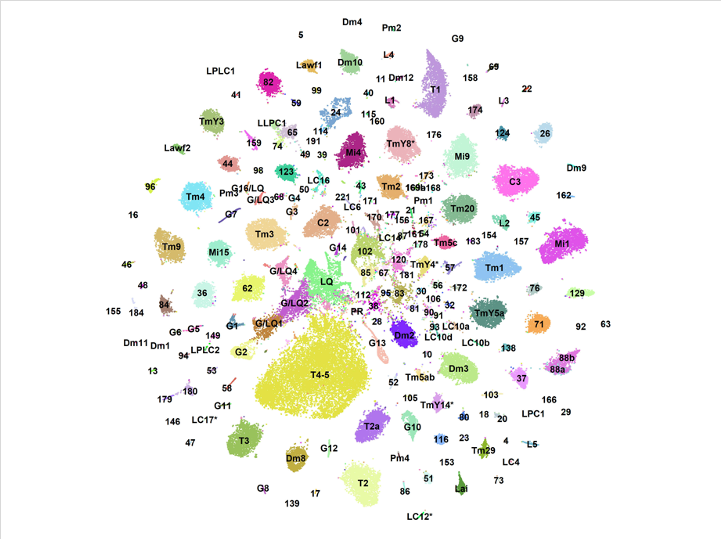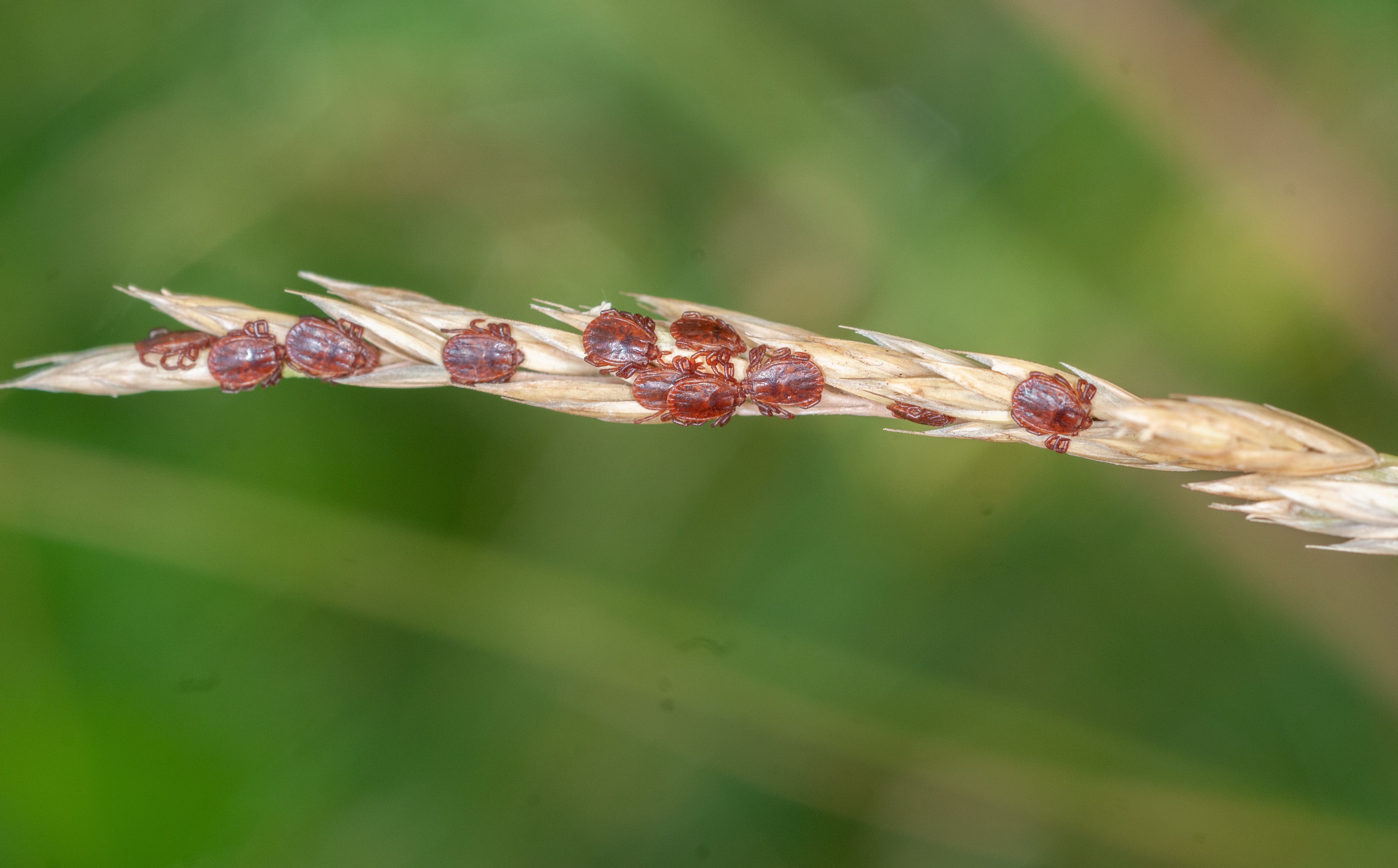Using a 26-year-old common garden forest, a multi-institutional team of researchers collected fine root samples from four temperate tree species (three deciduous and one coniferous) that varied in their morphology.
Tag: Gene Sequencing
To wipe childhood cancer off the map, scientists must chart its genomic landscape
Scientists at St. Jude sequenced more samples of the most common childhood cancer than ever before to fully characterize the potential mutations driving disease.
Gene Sequencing an Important Tool in COVID-19 Battle
Researchers use gene sequencing to combat COVID-19.
Finding Gene Neighbors Leads to New Protein Functions
As scientists have developed new technologies for gene sequencing, the availability of sequenced genes has grown exponentially, but scientists’ ability to decipher the functions encoded in these sequences has not kept pace. In this study, researchers working with green algae discovered that physically clustered genes in eukaryotic genomes can be maintained over hundreds of millions of years. This phenomenon can help predict function.

Significant New Findings about Breast and Ovarian Cancer in Patients from the Caribbean
In this study, among Caribbean-born individuals with breast and ovarian cancer, 1 in 7 had hereditary breast and ovarian cancer. The proportion of hereditary breast and ovarian cancer varied by island and each island had a distinctive set of variants.

Biologists Create “Atlas” of Gene Expression in Neurons, Documenting the Diversity of Brain Cells
New York University researchers have created a “developmental atlas” of gene expression in neurons, using gene sequencing and machine learning to categorize more than 250,000 neurons in the brains of fruit flies. Their study, published in Nature, finds that neurons exhibit the most molecular diversity during development and reveals a previously unknown type of neurons only present before flies hatch.
New York City’s Coronavirus Outbreak Spread from More European Sources Than First Reported
The COVID-19 pandemic started earlier than previously thought in New York City and Long Island by dozens of people infected mostly with strains from Europe. A new analysis also shows that most of the spread was within the community, as opposed to coming from people who had traveled.

Study confirms genetic link in cerebral palsy
An international research team including the University of Adelaide has found further evidence that rare gene mutations can cause cerebral palsy, findings which could lead to earlier diagnosis and new treatments for this devastating movement disorder.
Houston Methodist COVID-19 study shows rapid spread and potential for mutant viruses
Molecular analysis of COVID-19’s powerful second wave in Houston shows a mutated virus strain linked to higher transmission and infection rates than the coronavirus strains that caused Houston’s first wave. Gene sequencing results from 5,085 COVID-positive patients tested at Houston Methodist since early March show a virus capable of adapting, surviving and thriving – making it more important than ever for physician scientists to understand its evolution as they work to discover effective vaccines and therapies.

Where Did the Asian Longhorned Ticks in the U.S. Come From?
The invasive population of Asian longhorned ticks in the United States likely began with three or more self-cloning females from northeastern Asia, according to a Rutgers-led study. Asian longhorned ticks outside the U.S. can carry debilitating diseases. In the United States and elsewhere they can threaten livestock and pets. The new study, published in the journal Zoonoses and Public Health, sheds new light on the origin of these exotic ticks and how they are spreading across the United States.
Study finds COVID plasma therapy safe, with 76% patients improving
The first convalescent plasma transfusion trial results from Houston Methodist have been released. Of the 25 patients in the study, 19 have improved and 11 have been discharged. With no adverse side effects caused by the therapy, the study concluded that convalescent plasma is a safe treatment option for patients with severe COVID-19. This is the largest cohort assessed for outcomes related to convalescent plasma therapy for COVID-19.
Houston Methodist researchers find telling clues in virus genes from COVID-19 patients
Houston Methodist released gene sequencing results from the first strains of the virus causing COVID-19 disease in Houston. Results reveal multiple introductions of SARS-CoV-2 into Houston followed by rapid community spread. No evidence was found of mutations making any strains of the virus more severe. Pathologists analyzed genomes of 320 SARS-CoV-2 strains collected from COVID-19 patients, making this the largest sample of SARS-CoV-2 genes sequenced from patients in the southern U.S.